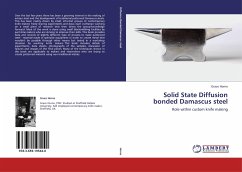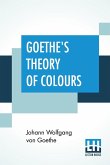Introduction In this thesis, we delve into the application of quantum mechanics to electrons in solids, a concept initially introduced by Sommerfeld [1]. At the outset, this approach assumed that all valence electrons were free, effectively disregarding both electron-electron and electron-lattice interactions within the model. These two interactions serve as the central focus of our investigation. Free-Electron Theory The free-electron theory effectively accounted for the small heat capacity and magnetic susceptibility of metals. At finite temperatures, the number of electrons contributing to thermal or transport properties is proportional to kBT divided by EF, where EF represents the Fermi energy. Consequently, properties such as specific heat scale with an order of magnitude of kBT divided by EF. Formation of Energy Bands Within a solid, numerous atomic orbitals overlap with each other, resulting in a complex interplay of electronic states. If we commence with N atomic levels, this leads to N^2 molecular orbitals. Half of these molecular orbitals possess lower energies compared to the atomic energies, while the other half exhibit higher energies. The energy gap between these "molecular levels" diminishes as atoms approach one another, eventually forming a quasi-continuous spectrum of energy levels known as an energy band. This assumption, although reasonable, should be considered alongside the presence of closely spaced energy levels. Metals and Insulators The formation of energy bands is depicted schematically in Figure 1.1. In band theory, a clear distinction arises between metals and insulators. A material hosting one or more partially filled bands is categorized as a metal. At absolute zero temperature, electrons occupy energy states up to a maximum energy level known as the Fermi energy (EF), leaving higher energy states unoccupied. When an electric field is applied, electrons can freely migrate to these empty higher energy states, enabling electrical conduction. Prominent examples of such materials include alkali metals found in the periodic table, such as Li, Na, K, Rb, and Cs. Conversely, insulators (or semiconductors) present a different scenario, with lower-energy bands being fully occupied, while higher-energy bands remain unoccupied. An energy gap (Eg) exists between these occupied and unoccupied bands. Consequently, the density of states (N(E)) at the Fermi energy (EF) is zero for insulators. Figure 1.2 illustrates the density of states for a typical metal. Conclusion This thesis explores the intricacies of these interactions and energy bands, shedding light on the fundamental distinctions between metals and insulators, and their implications for the behavior of electrons in solids.








